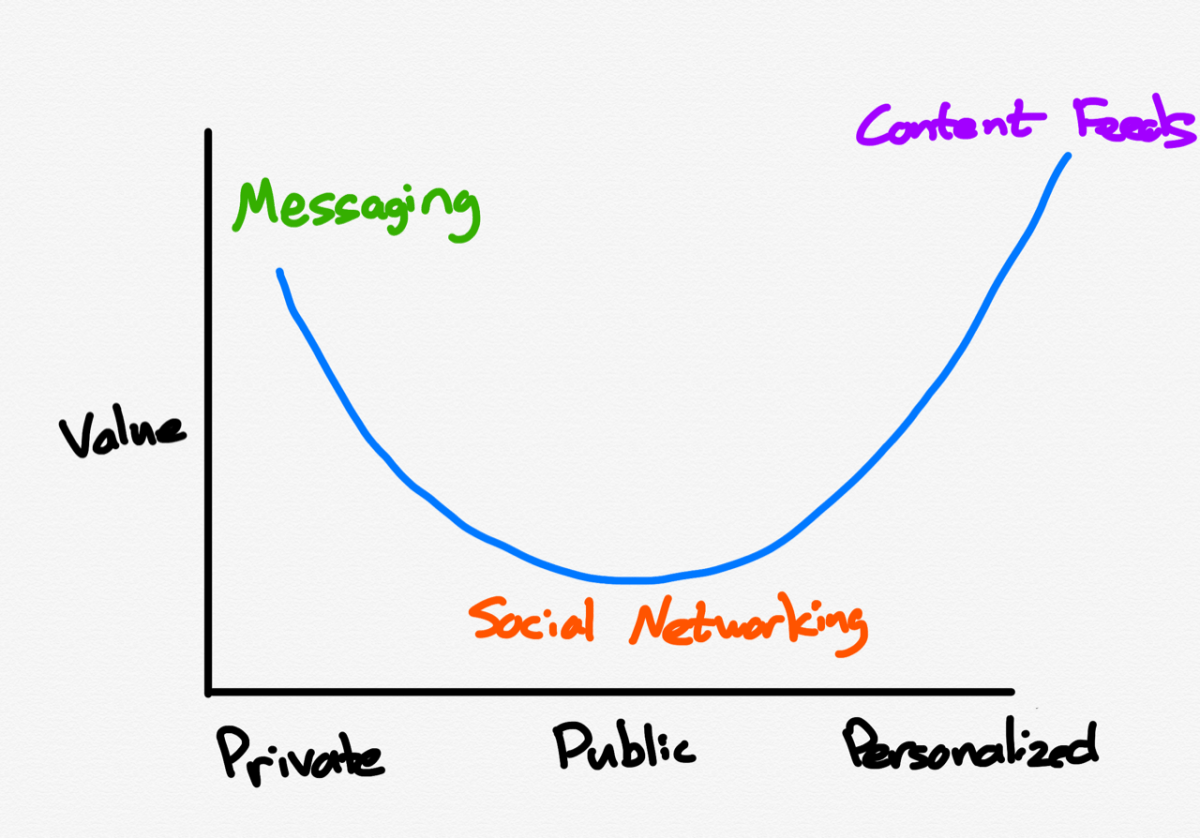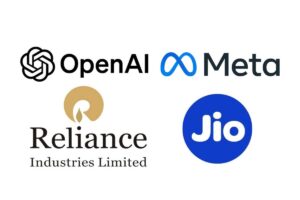Exploring the Abundance of AI at Meta – Insights by Ben Thompson

Harnessing AI: Meta’s Path to Abundance
Meta Platforms Inc., the parent company of Facebook, Instagram, and WhatsApp, has experienced a rollercoaster ride in terms of investor sentiment. A pattern has emerged: whenever the company’s stock faces a decline, it often rebounds after analysts affirm that Meta is actually on solid ground, if not thriving. This trend has been observed during several critical downturns, including the post-IPO slump in 2013, issues in 2018 related to Facebook Stories, and the recent competition crisis brought by TikTok and Reels in 2022.
Current Market Position and Optimism
Earlier this year, there was concern regarding Meta’s ability to sustain its artificial intelligence (AI) spending amidst rising ad costs and a lack of innovative ad formats. However, recent developments suggest a different narrative. Meta arguably stands in a prime position to capitalize on generative AI technology, which is rapidly reshaping the digital advertising landscape. With a bright future ahead, many analysts are optimistic about Meta’s potential to become one of the world’s most valuable companies, especially as it approaches its upcoming earnings report.
Generative AI in Advertising
Generative AI is transforming the advertising sector, and Meta is well-positioned to leverage this technology. Nvidia has emerged as a frontrunner, benefitting significantly from the demand for AI hardware. However, for Meta, the key question revolves around when the substantial investments in AI will translate into profits. Competitors like Google Cloud and Microsoft also have their eyes on the AI revolution, posing a challenge to Meta.
One of Meta’s strengths lies in its advertising capabilities. Utilizing machine learning, the platform effectively targets ads based on user preferences and behaviors. Meta’s algorithms maximize advertising outcomes, helping businesses achieve specific goals, whether that’s improving app installations or boosting purchases. Advertisers often find that, while the process may seem somewhat opaque—especially after the App Tracking Transparency (ATT) updates—the results tend to improve.
Efficiency Improvements Post-ATT
The digital advertising landscape has changed significantly due to ATT, which altered how data is collected for ad targeting. While many companies faced challenges in this new environment, Meta adeptly streamlined operations. The focus on more efficient spending in 2023, with CEO Mark Zuckerberg dubbing it the "Year of Efficiency," has allowed Meta to recover from revenue losses and improve profit margins.
This transition highlights a crucial point: Meta has emerged more resilient and adaptable. Unlike other platforms heavily reliant on a small suite of advertisers, Meta benefits from a diverse pool of smaller businesses that contribute significantly to its revenue. This strategy allows Meta to absorb shocks, like those from larger corporations reducing spending, without jeopardizing its overall health.
The Future of Ads with Generative AI
Looking ahead, generative AI will enrich Meta’s advertising capabilities. Advertisers can create numerous ad variations based on broad parameters, testing them across different audiences. This not only enhances the creative aspect of ads but also enables Meta to refine targeting algorithms continuously. Consequently, advertisers can expect better returns on their investment.
Moreover, the introduction of features such as text-to-message ads can deepen interactions between businesses and users. This channel encourages conversations that can lead to conversions, particularly in markets where labor costs are low, thus facilitating efficient communication.
Content Innovation: The Role of AI
As Meta explores new avenues with generative AI, the integration of AI-generated content into user feeds is on the horizon. The company’s recent announcements point to an AI-driven mechanism capable of creating personalized images within users’ feeds, enhancing user engagement.
Historically, the polarization of value in content creation—illustrated by the "Smiling Curve" concept—suggests that platforms who successfully aggregate and distribute content will thrive. Meta’s strategy of providing tailored content, rather than simply social networking, positions it well in this new paradigm. The improved content will likely leverage vast amounts of user data to engage audiences more effectively.
Long-Term Transformations: XR and Generative UI
Over time, advancements in AI and extended reality (XR)—covering both virtual and augmented reality—can transform user interfaces. Generative UI will allow devices to present only the information necessary for a specific task, thereby streamlining user interactions and enhancing the user experience.
AI’s capacity to generate immersive environments could revolutionize experiences in virtual reality, allowing creators to develop engaging content without the usual resource-intensive processes. This shift promises to deepen Meta’s foothold in emerging technologies, reinforcing its leadership role.
Summary: Meta’s Niche in the Digital Landscape
With its pioneering efforts in AI and advertising, Meta appears to be on an upward trajectory, focusing on accessibility and efficiency. The company is positioned not just as a leader in social media but also as a critical player in the evolving landscape of digital advertising and content creation. By embracing generative AI and refining its advertising mechanisms, Meta is poised to emerge as a powerful force in the tech world.






